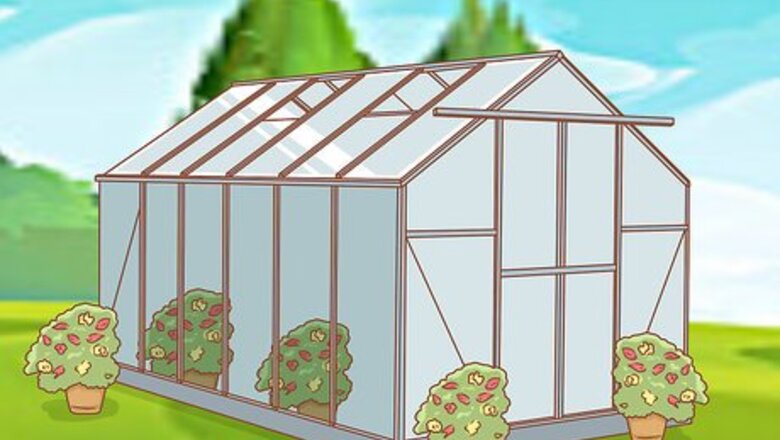
views
X
Research source
To grow etlingera elatior, sow the seeds in your garden in a partially shaded area with high potassium levels. Keep the soil moist and enjoy this stunning addition to your garden.
Preparing to Plant
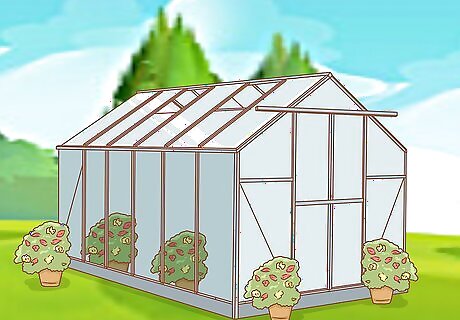
Plant in a greenhouse if you don’t live in a tropical climate. Etlingera elatior thrives in USDA hardiness zones 10b and 11. If you live in places like Florida, Hawaii, Malaysia, or Brazil, you can plant etlingera elatior outdoors. If you don’t live in a tropical climate, you’ll need to grow etlingera elatior in a greenhouse to ensure it will bloom. Due to its large size, etlingera elatior is not a good choice for planting in containers.
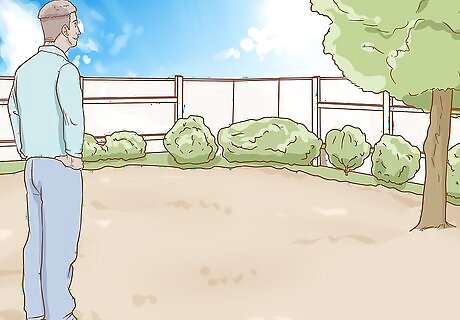
Choose a wind-protected location with full to partial shade. This plant requires some shade to protect it from the extreme heat found in tropical climates. Choose a location that is shaded by your home or by trees for a few hours each day to avoid exposing this plant to full sunshine. The location should also be somewhat protected from high winds, which can snap the shoots of this plant.
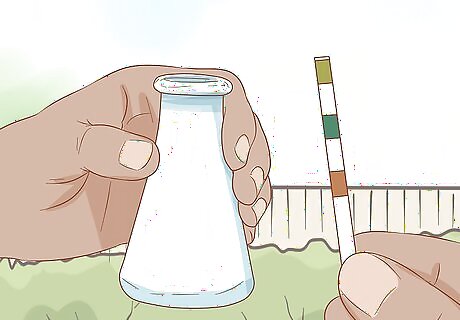
Check your soil pH and potassium levels. Test and adjust the pH and potassium levels of your soil before planting etlingera elatior in your garden. Etlingera elatior does best with a soil pH between 5.6 and 7.5. This plant also requires a lot of potassium to grow to its full potential, so add granite meal, kelp, or greensand to your garden to increase potassium levels, if needed.
Planting Etlingera Elatior
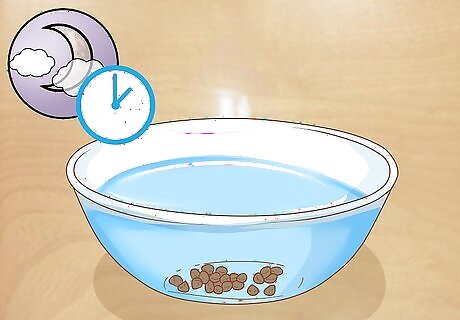
Soak the seeds overnight. In order to jumpstart the germination process, you should soak ripe etlingera elatior seeds in warm water overnight. These seeds may not be available at your local garden shop if you don’t live in a tropical climate, but they are readily available online.
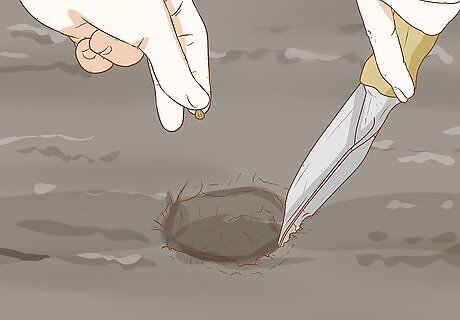
Sow the seeds in your garden. Dig ⁄4 in (1.9 cm) holes in the soil for each seed you want to plant. Place one seed in each hole and cover the seeds with ⁄4 in (0.64 cm) with garden soil. Space holes 6 ft (1.8 m) apart.
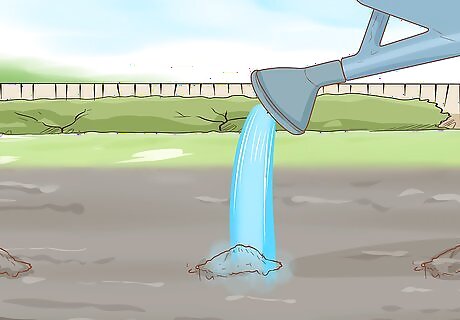
Water the seeds. Water the seeds until the soil is moist but not waterlogged. Etlingera elatior requires consistently moist soil, so be sure to check the soil daily to ensure it is moist to allow your plants will flourish.
Caring for Etlingera Elatior
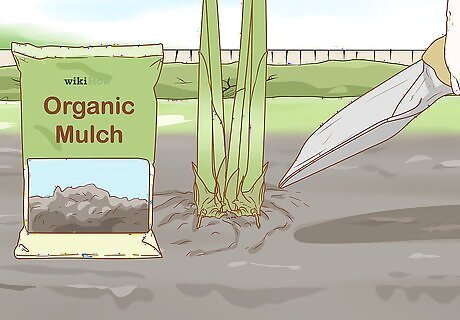
Put organic mulch around the root zone. To maintain a cool, constant temperature, provide nutrients for your plant, and reduce the amount of water lost due to evaporation, put organic mulch around the root zone of your established etlingera elatior. Dried leaves or compost work well for this plant.
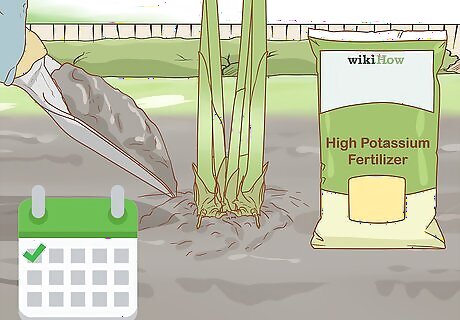
Use a high-potassium fertilizer once a month. High levels of potassium increase water uptake, which is needed for etlingera elatior to grow to its full potential. Fertilize the soil around these flowers with a high-potassium fertilizer once per month during the growing season.
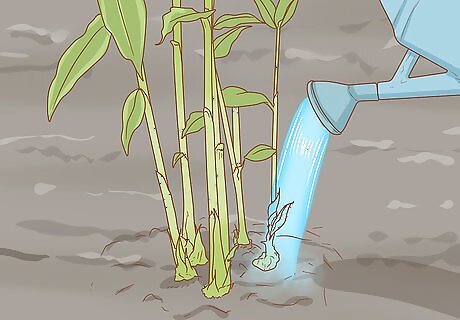
Keep the soil consistently moist. Don’t let the soil dry out between waterings, as etlingera elatior needs constantly moist soil. Water these flowers frequently if rainfall is inadequate for keeping the soil moist, but ensure it doesn’t become waterlogged. If your area gets so much rain that the leaves are dropping and the soil is waterlogged, simply dig a trench near the etlingera elatior to direct water away from the roots of the plant.
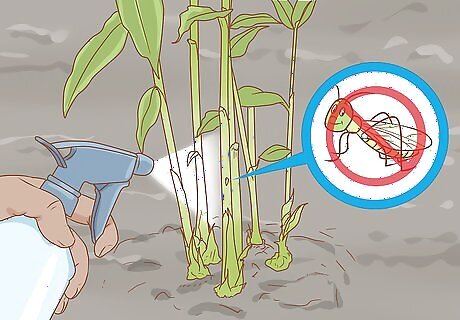
Eliminate pests if they become a problem. Etlingera elatior is usually a disease-free and pest-free plant. However, if you happen to notice either a grasshopper or aphid infestation, apply neem oil to your plant to eliminate the pests. Neem oil is incredibly effective and won’t harm birds, bees, or butterflies. You can also purchase a package of ladybugs at your local garden shop and gently sprinkle them onto your plants to rid them of aphids. Another way to rid your garden of grasshoppers is to spray a botanical insecticide, like organic pyrethrins (also found at your local garden shop), on the plants.




















Comments
0 comment